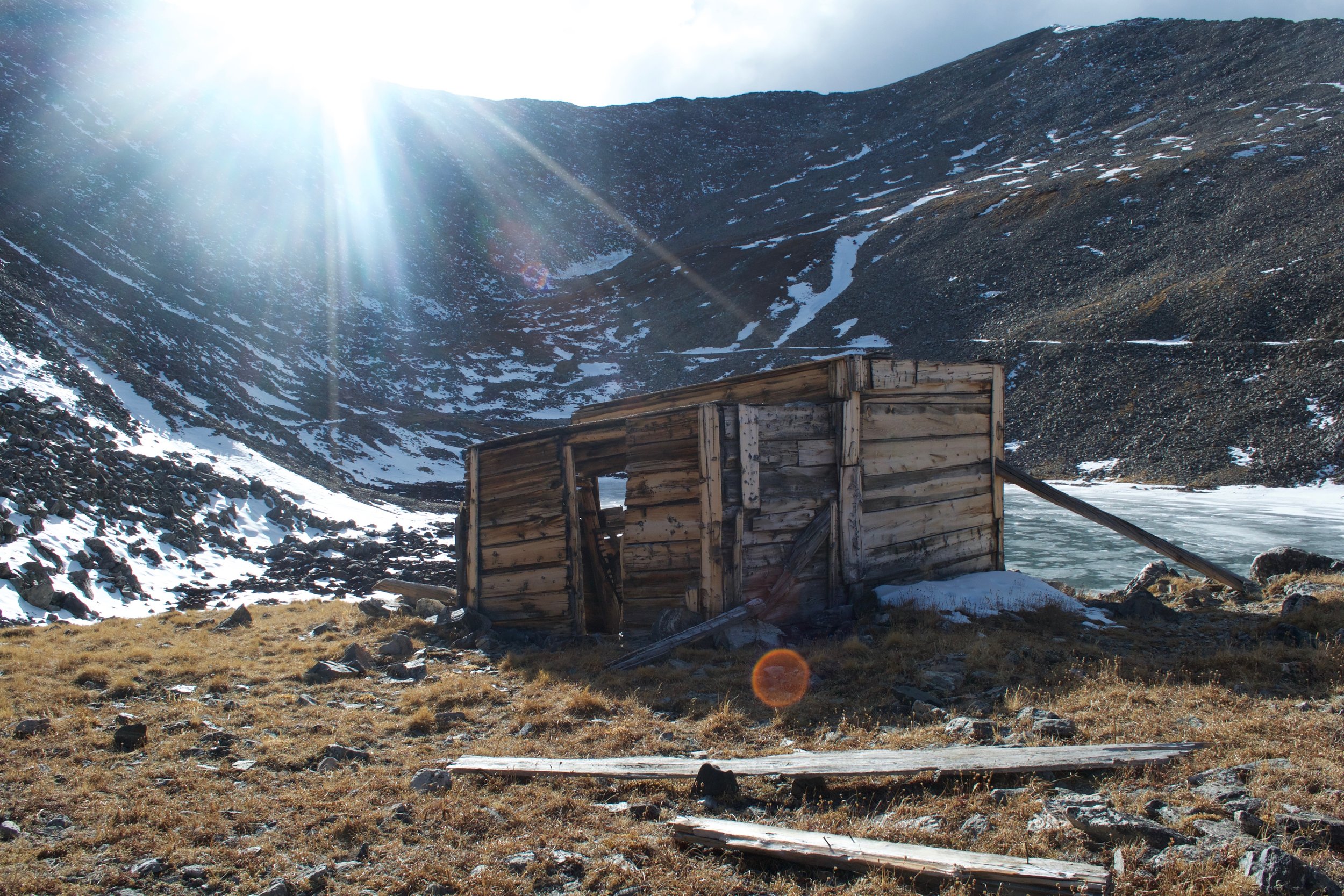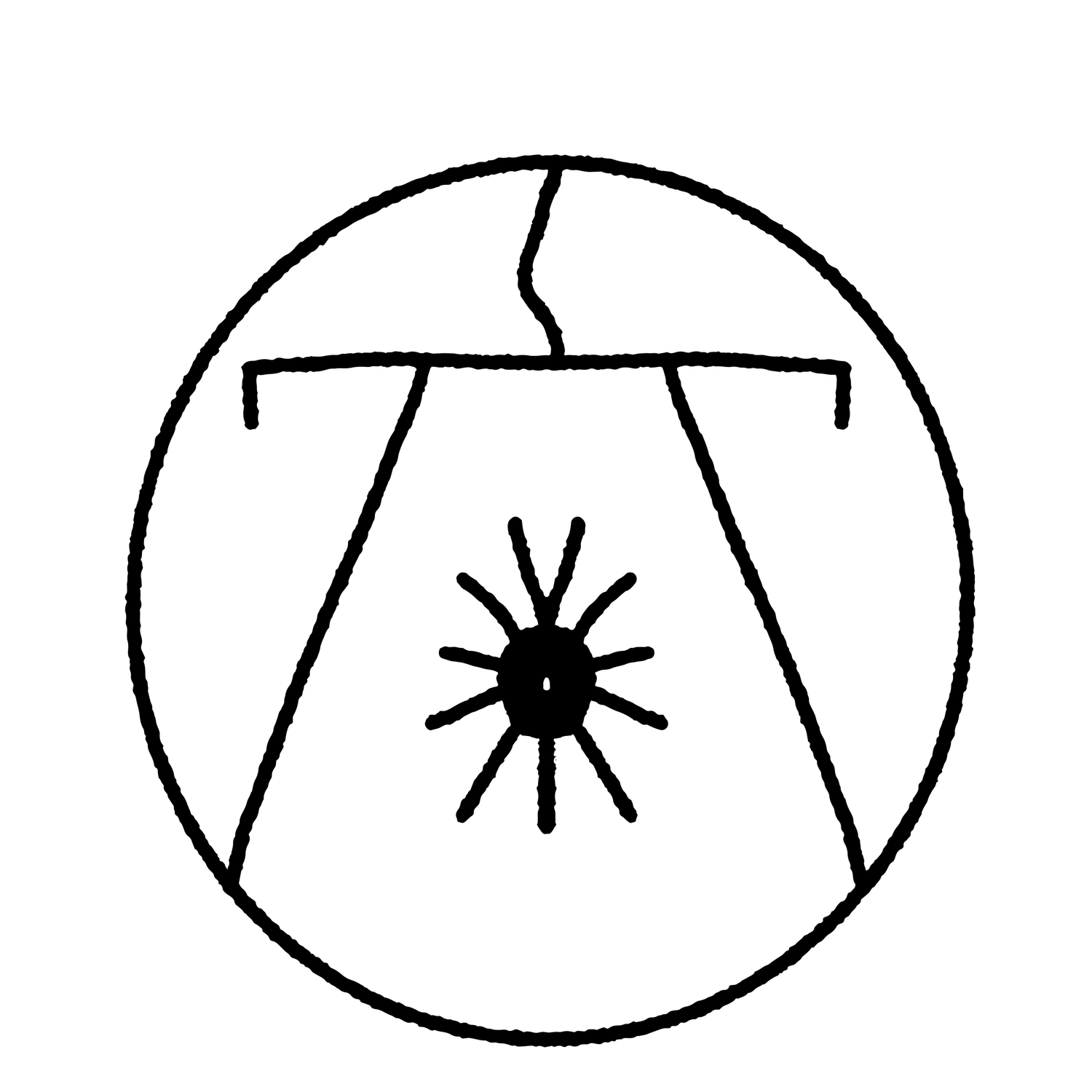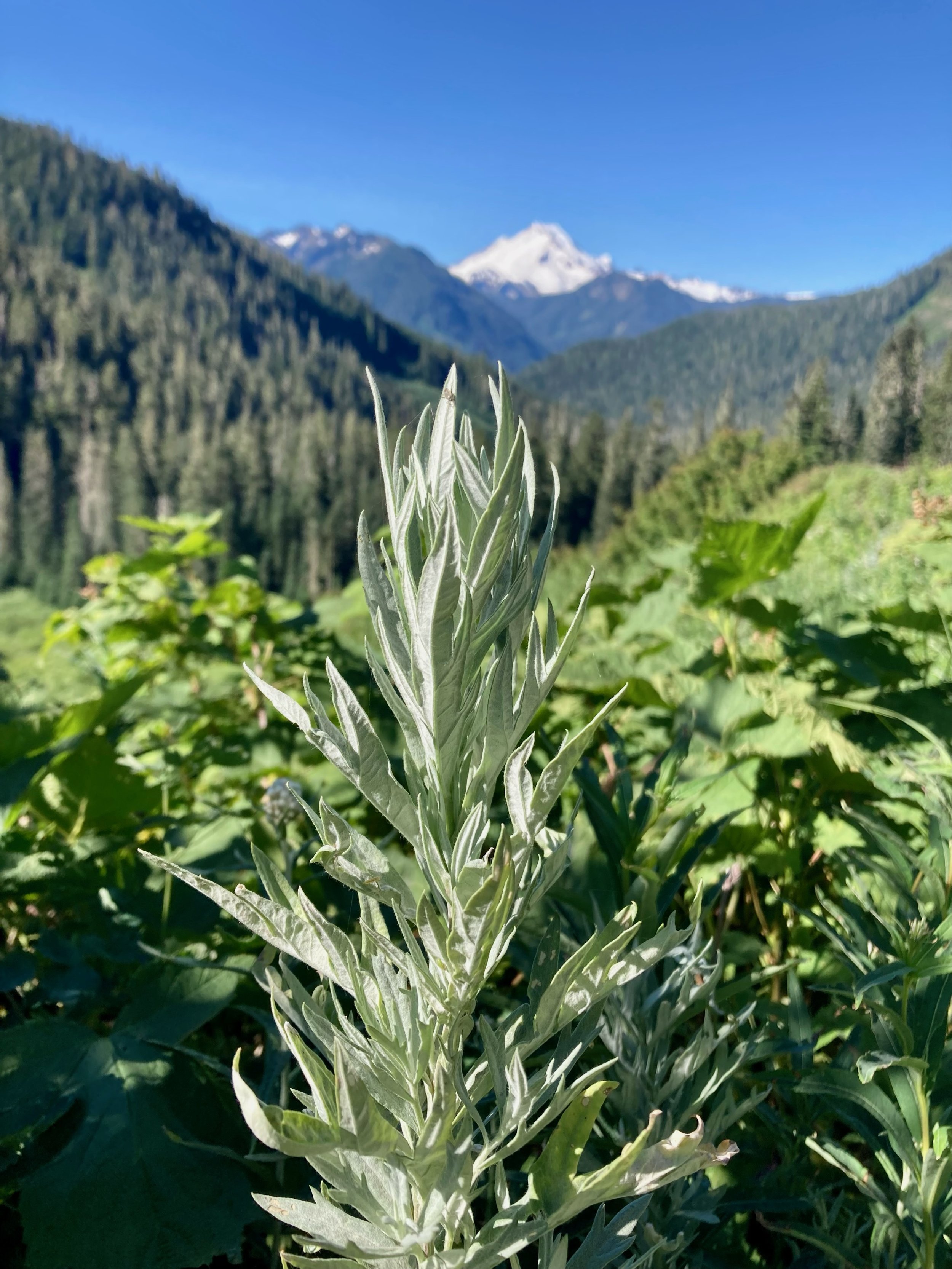
Acupuncture and East Asian Medicine can assist your health goals
Whether it be recovery, restoration, or preventative health
-
Acupuncture needles are used to stimulate acupuncture points that are located over the entire body. They each have their own unique function in regulating the nervous and circulatory systems to provide symptom relief and maintain overall health. There are many different styles of acupuncture, spanning from gentle to more sensational application.
-
In addition to acupuncture, bodywork such as gua sha, cupping, and Tui Na Massage can be helpful in restructuring the body by releasing muscle tension. They all move qi and blood stagnation. You have probably seen cupping or gua sha marks before. That is the body’s response to moving old blood stagnation in the muscle tissues.
-
Chinese herbal medicine has a long history of compiling specific formulas and modifications to suit a person’s symptom and disease patterns. There are hundreds of different formulas provided with historical and modern commentaries and case studies pertaining to their efficacy and application. Sophisticated Herbal formulas are constructed to enhance the functions and synergism of the herbs within formulas. They can be highly individualized or more generally prescribed over the counter. From internal medicine to external medicine for bruises, sprains, and strains, there are many applications.
In 2003, the World Health Organization published a list of conditions for which acupuncture has demonstrated therapeutic effects.
Since then, there has been increased research on the mechanisms and effects of acupuncture, Chinese herbal medicine, and other East Asian therapeutics. The scope of East Asian medicine is not limited to the list of conditions stated.
Up-to-date resource for evidence-based research.
-
Back pain
Neck Pain
Knee Pain
Muscle pain/soreness
Osteoarthritis
Rheumatoid arthritis
Sciatica
Frozen shoulder
Tennis elbow
Fibromyalgia
Pre-Surgery preparation /Post-Surgery recuperation
Pain from an acute injury
-
Headache and migraine
Trigeminal neuralgia
Peripheral neuropathy
Post-stroke rehabilitation
Concussion
Traumatic Brain Injury
Parkinson’s Disease
-
Dyspepsia (indigestion)
Gastrointestinal spasm
Irritable bowel syndrome (IBS)
Crohn’s Disease
Acid reflux
Abdominal discomfort/pain
Bloating
Discomfort after eating
Constipation
Diarrhea
Ulcers
-
Allergic rhinitis (including hay fever)
Sinusitis
Asthma
Common cold
Tinnitus (ear ringing)
Toothache
Cough
Smoking cessation
Bronchitis
-
Premenstrual syndrome (PMS)
Infertility
Induction of labor
Malposition of the fetus (breech presentation)
-
Depression
Anxiety
Insomnia
-
Hypertension (high blood pressure)
Facial pain (including temporomandibular joint disorders)
Morning sickness
Epigastralgia (pain in the upper abdomen)
Leukopenia (low white blood cell count) caused by chemotherapy
Auto-immune diseases
Expectations
East Asian Medicine (EAM) is different than modern Biomedicine. It is a large, ancient medical system that has evolved and developed over thousands of years. The Integration of various medical and therapeutic systems within our society today is a great privilege and wonder.
There are some similarities and overlaps between medical concepts, however, EAM is a holistic, traditional medicine with unique diagnostics and understandings of disease and states of health.
Essentially, we come to an EAM diagnosis by way of distinguishing symptom patterns through questioning, pulse and tongue analysis, and other subjective and objective findings.
Acupuncture primarily works with the qi and blood of the body often equated to the nervous and circulatory systems respectively.
Acupuncture treatments are similar to physical therapy sessions, treatments build upon themselves. One session is likened to one dose of medicine. It is best to have consecutive treatments. Treatment frequency is dependent on the state of your condition, and it can take a few sessions to hone in on your treatment plan.
I can treat acute and chronic conditions with EAM as well as help people seeking out health maintenance or simply a space to relax and disconnect to reconnect with themselves.


